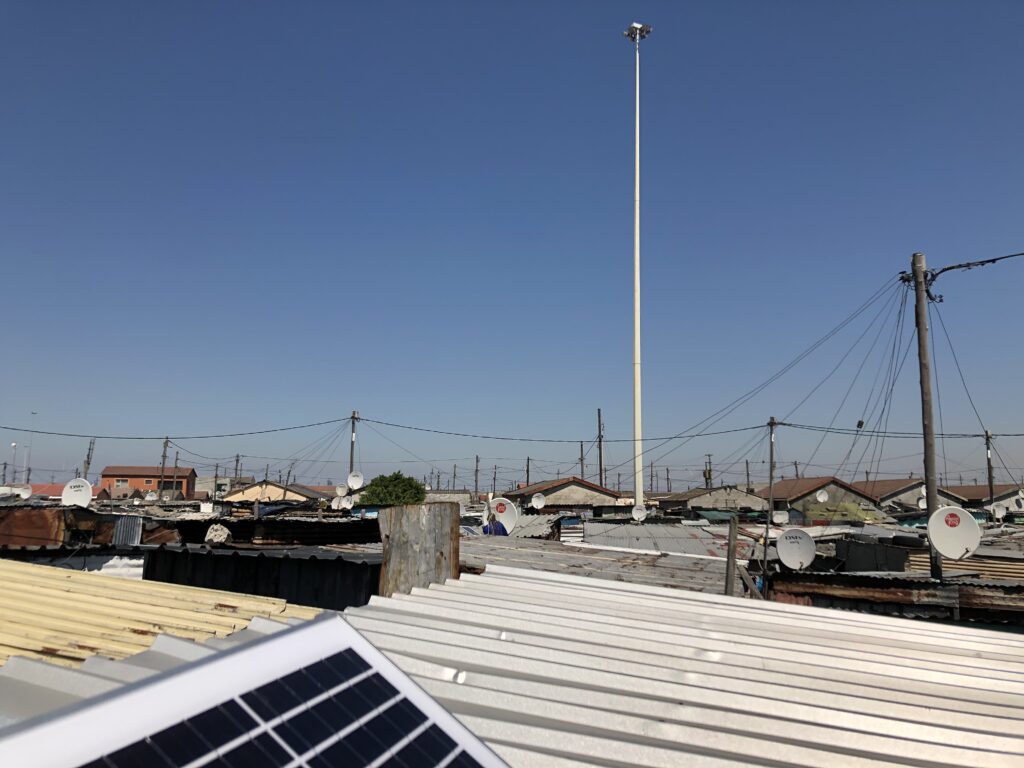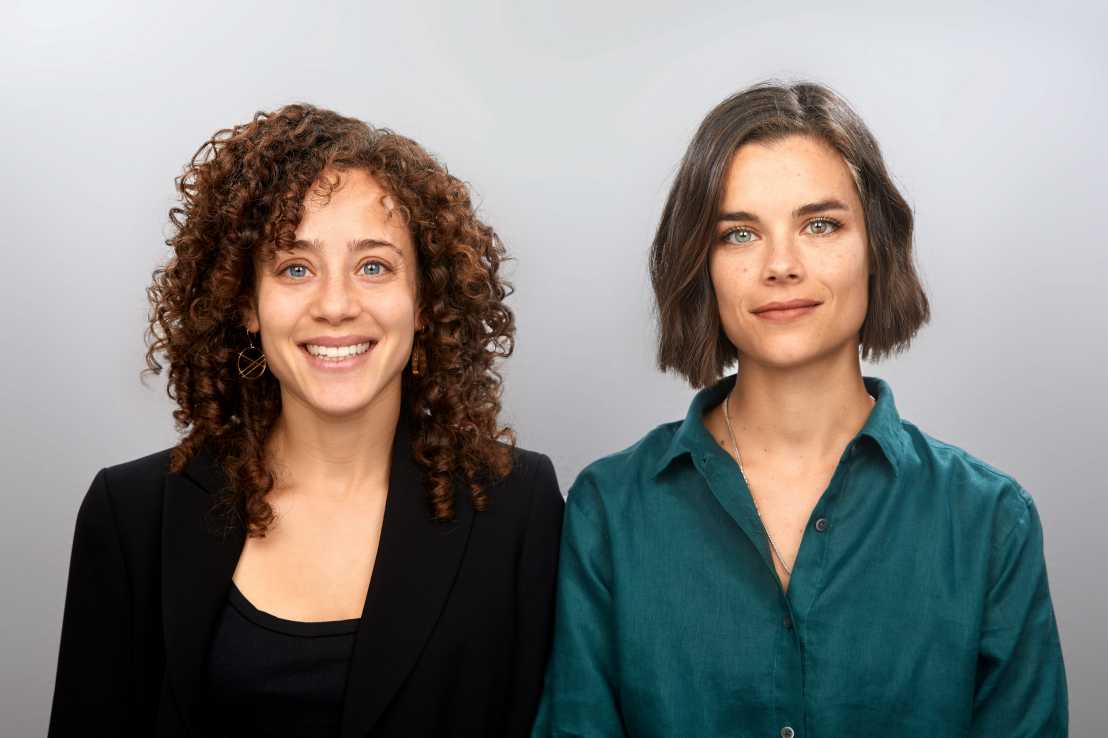Bringing light into the darkness: Testing solar public lighting in informal settlements
Yael Borofsky explored how nighttime lighting in informal settlements affects the residents' quality of life. On the ETH Ambassadors blog, she shares her impressions, experiences and the challenges of the project with us.

When Yael went to PJS Informal Settlement in Cape Town for the first time in 2018 there were just two high-mast lights installed for the about 2,300 residents – too few to provide them with enough light and a sense of safety during the night. As a result, many of the inhabitants did not dare to leave their homes at night and, for instance, used buckets in their home instead of public sanitation facilities.

Yael and her colleague Stephanie Briers, also a PhD student at the ETH Institute of Science, Technology and Policy ISTP at the time, recognised the need and set out to investigate the impact of adequate nighttime lighting on the quality of life for residents in informal neighborhoods. For this purpose, they installed solar-powered lighting devices above the front doors of nearly 800 households in two phases. The phased implementation aimed first to experimentally study the effects of lighting on the residents' lives. Afterwards, free light installations were offered to all households.
During the project, Yael and her team were confronted with various challenges. For example, the very first delivery of lighting equipment turned out to be defective shortly after installation, and as if that was not enough, the Covid 19 pandemic stopped all work on the project for several months.
On the ETH Ambassadors blog, Yael tells us how they managed to successfully implement the project in the end despite the challenges.